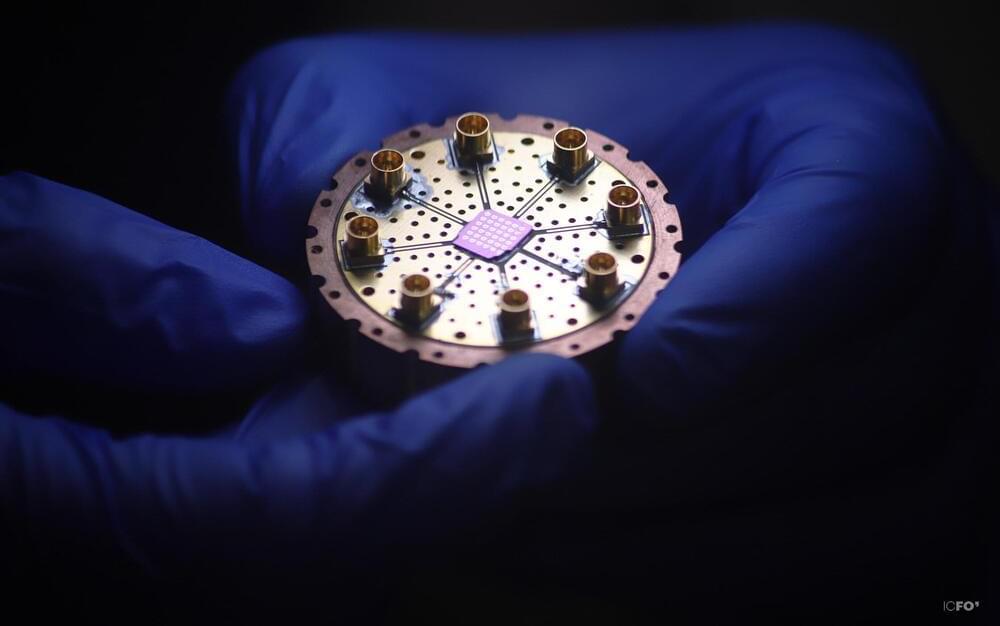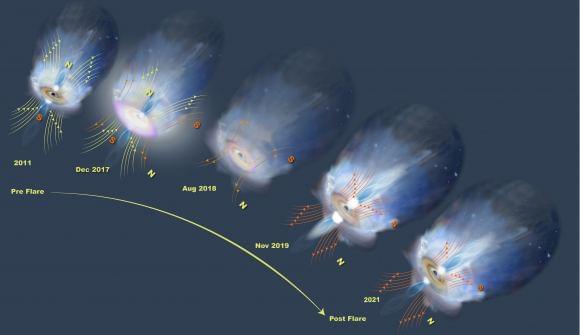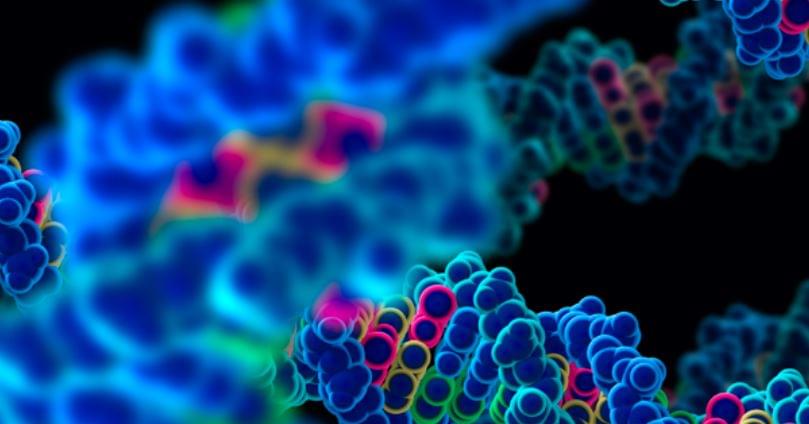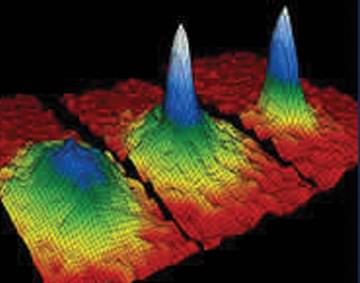Jun 11, 2023
Scientists Just Showed How to Make a Quantum Computer Using Sound Waves
Posted by Jose Ruben Rodriguez Fuentes in categories: computing, particle physics, quantum physics
One thing all quantum computers have in common is the fact that they manipulate information encoded in quantum states. But that’s where the similarities end, because those quantum states can be induced in everything from superconducting circuits to trapped ions, ultra-cooled atoms, photons, and even silicon chips.
While some of these approaches have attracted more investment than others, we’re still a long way from the industry settling on a common platform. And in the world of academic research, experimentation still abounds.
Now, a team from the University of Chicago has taken crucial first steps towards building a quantum computer that can encode information in phonons, the fundamental quantum units that make up sound waves in much the same way that photons make up light beams.


















